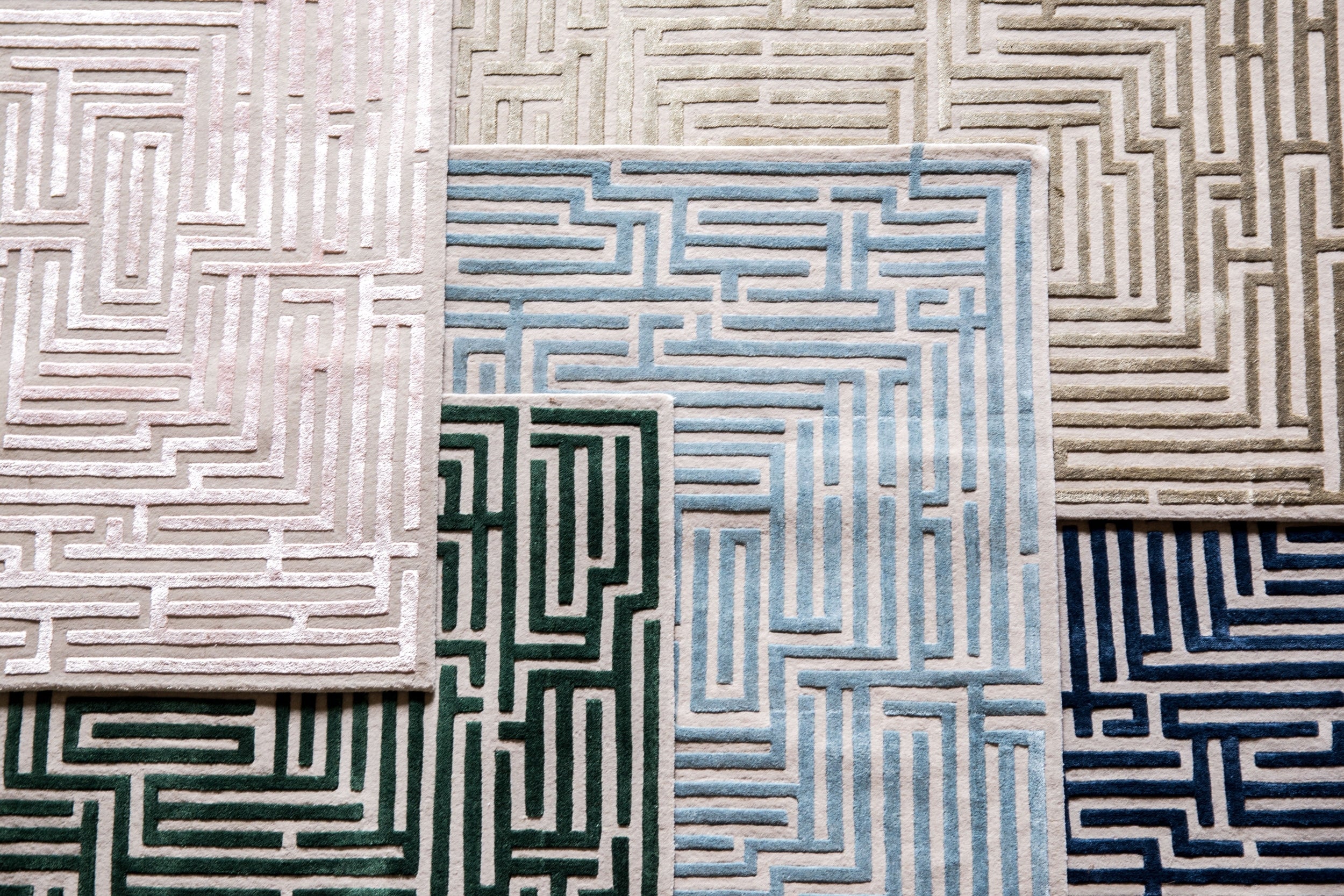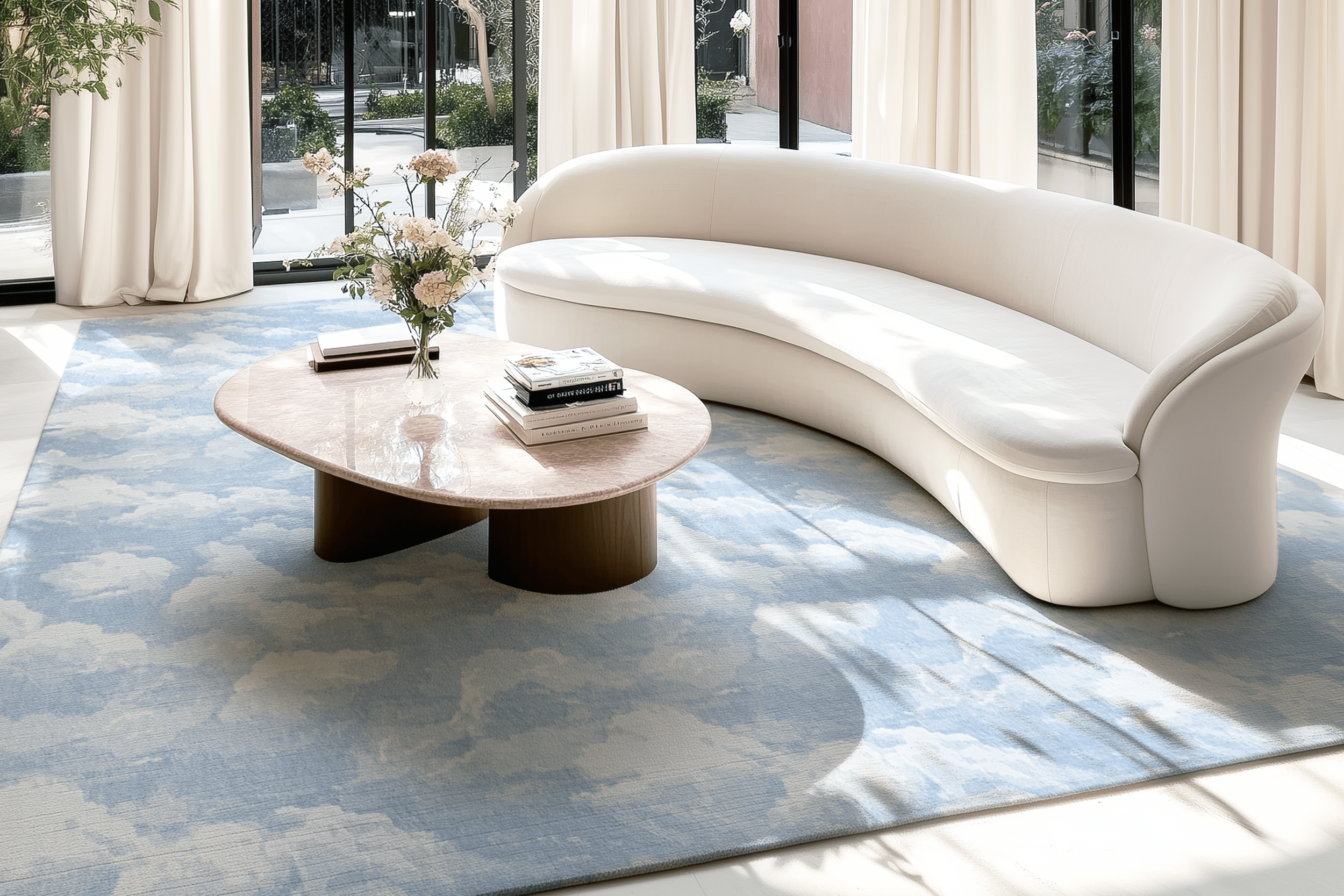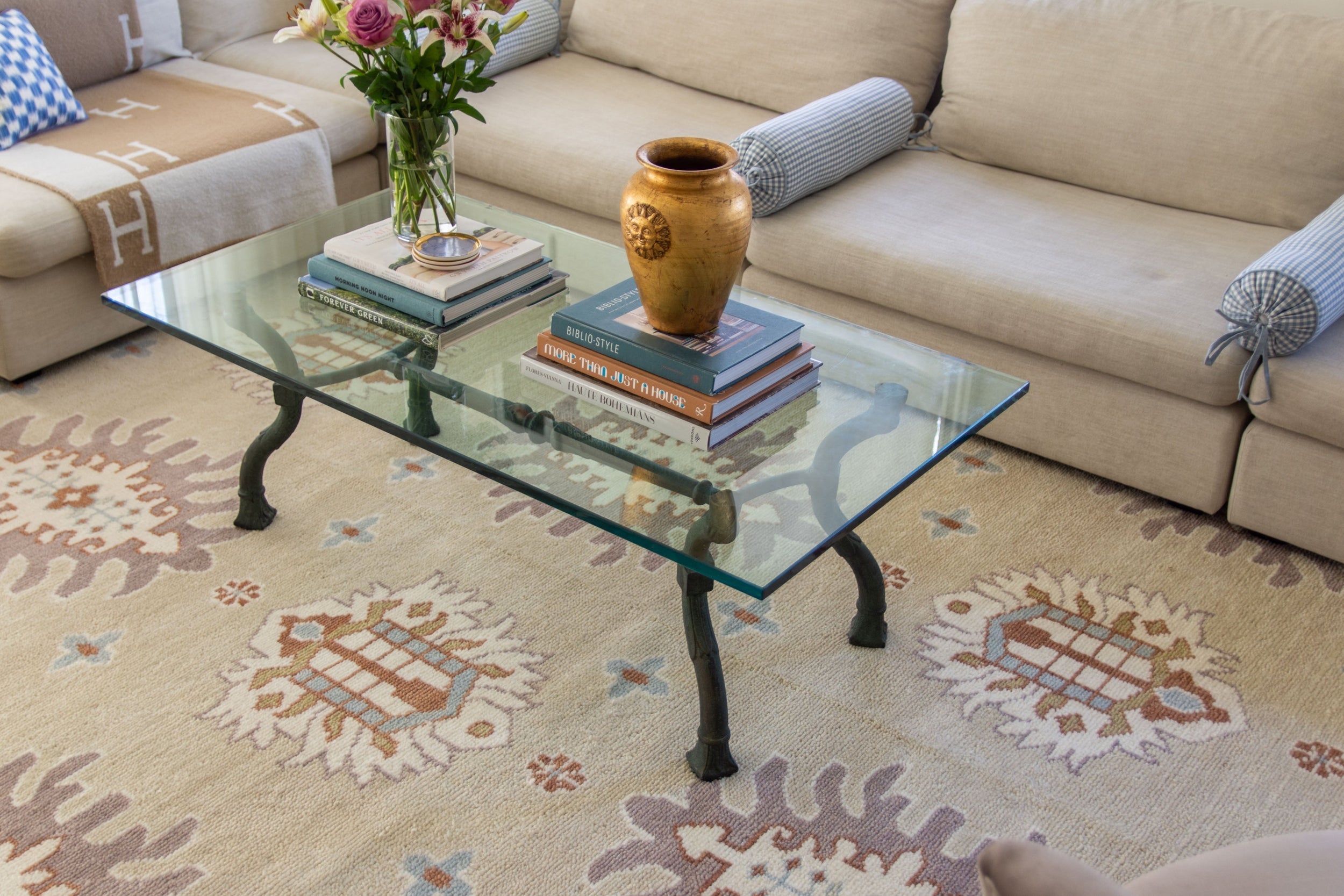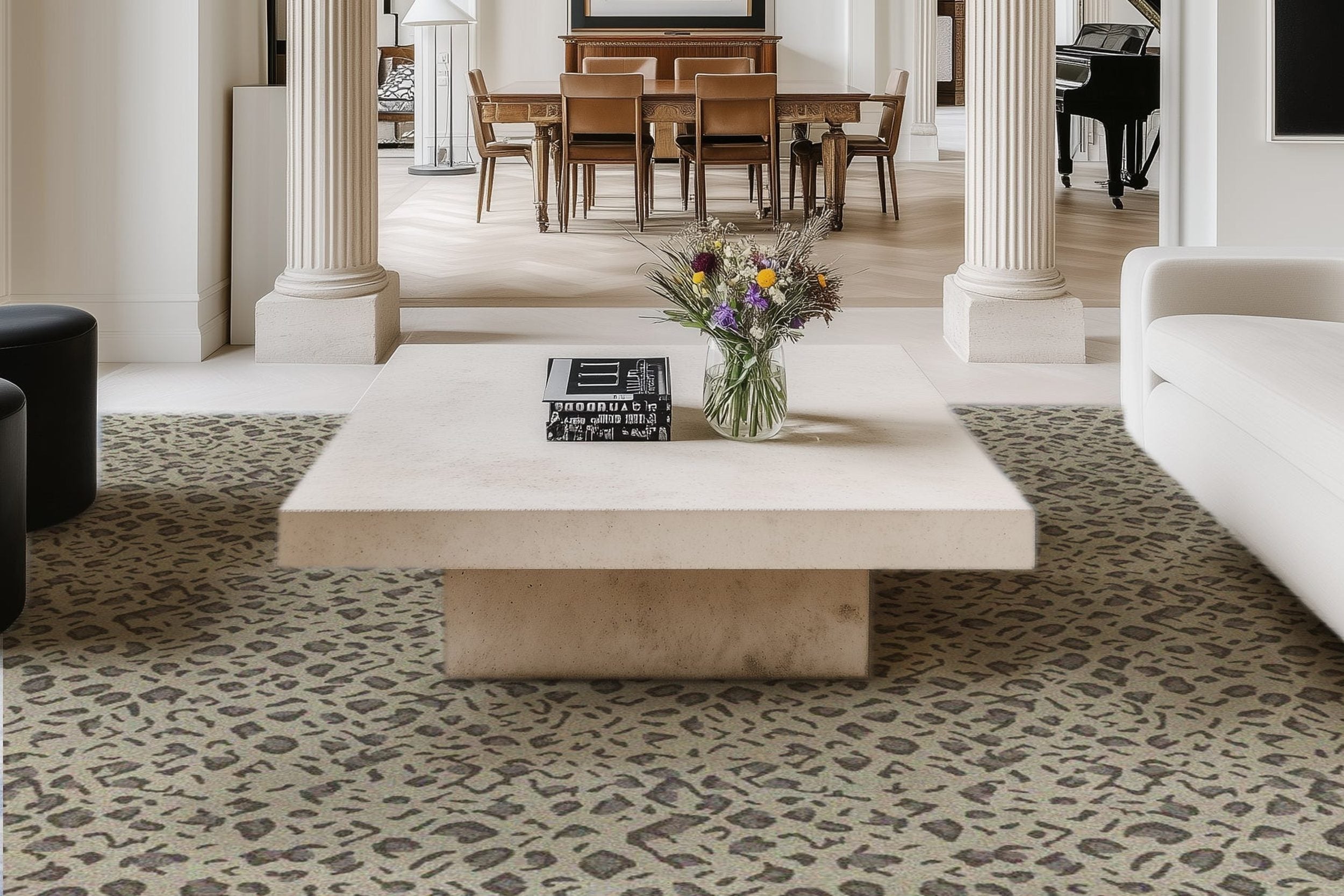How to Choose the Right Roof for Your Home's Needs?
Choosing the right roof for your home is an integral decision that impacts not only the aesthetic appeal of your property but also its functionality and durability against the elements. This crucial home improvement project requires careful consideration of material options, cost implications, environmental conditions, and your home's architectural style. In this guide, we'll explore the various roofing materials available, understand their pros and cons, and discuss factors to consider to ensure you make an informed choice that balances aesthetics, cost-effectiveness, and longevity.
Consider Your Climate
When choosing a roof, it's vital to consider how well the material will withstand your local climate. Materials like slate and metal are known for their resilience in diverse weather conditions, from scorching heat to icy winters. The right material can help maintain your home’s integrity and prevent costly weather-related repairs.
Roofs play a significant role in the energy efficiency of your home. Light-colored and reflective roofing materials, such as certain metal roofs, can significantly reduce cooling costs by reflecting the sun's energy away from the home. On the other hand, materials like asphalt shingles may absorb and retain heat, potentially increasing your air conditioning needs.
Professional Help
Consider consulting a roofing professional to assess your home's specific needs and recommend the best materials for your location. They can also advise on proper installation techniques, warranties, and maintenance requirements. If you're looking for premiere roofers in Sarasota FL, for example, first look up reliable contractors in the area, read reviews, and schedule consultations to get multiple quotes and options. Next, confirm their licenses and insurance coverage to ensure you're working with reputable professionals.
Matching Roof to Architectural Style
The aesthetic of your roof should complement the overall architectural style of your home. For instance, slate roofs might be ideal for historic or colonial-style homes, while metal or concrete tiles can suit modern or Mediterranean designs. Choosing a harmonious roof style enhances curb appeal and increases property value.
For historic homes, preserving architectural integrity is paramount. Using materials that are authentic to the home’s era not only maintains its character but can also adhere to local preservation guidelines. This can include sourcing period-appropriate roofing materials, which might be more costly but essential for authenticity.
Longevity and Maintenance
Roofing materials vary widely in their expected lifespan. Slate, clay tiles, and certain metals can last for 50-100 years, or even longer, making them a potentially wise investment for homeowners seeking longevity. Conversely, asphalt shingles, one of the most common and affordable options, typically have a shorter lifespan of 15-30 years.
Beyond initial installation costs, consider the maintenance required to keep the roof in top condition. Materials like metal or slate are relatively low maintenance but might need more specialized repairs when damaged. In contrast, asphalt shingles are easier and cheaper to repair or replace but may require more frequent attention over time.
Environmental Considerations
In an age where environmental responsibility is paramount, consider eco-friendly roofing options. Materials like recycled shingles or green roofs (covered with vegetation) minimize environmental impact. They reduce waste and can improve home insulation, lowering energy use. Choosing a roof that suits your local ecosystem can contribute to sustainability. For instance, reflective roofs can mitigate the heat island effect in urban areas, while green roofs support biodiversity by providing habitats for various species.
Integrating environmental considerations into your choice promotes ecological balance. Check for certifications like Energy Star or LEED to ensure the roofing material meets recognized environmental standards.
Budget and Cost Effectiveness
The upfront cost of a roof can differ significantly between materials. While slate and metal roofs may have a higher initial cost, their durability, and potential energy savings could make them more cost-effective in the long run. Considering both the short-term and long-term financial implications is important for making a balanced decision.
When budgeting for a new roof, explore financing options and understand how your choice of material might affect insurance premiums. Some materials that are more durable or fire-resistant may lower insurance costs. Additionally, local or federal incentives might be available for installing eco-friendly roofing, further influencing your decision.
Selecting the right roof for your home is a decision that encompasses various factors including climate resilience, energy efficiency, aesthetic coherence with your home’s architectural style, longevity, maintenance requirements, environmental considerations, and cost-effectiveness.
By meticulously evaluating these aspects and seeking the advice of roofing professionals, you can ensure that your choice not only enhances the curb appeal and value of your property but also meets your long-term needs and sustainability goals. Remember, a well-considered roofing choice is an investment in your home’s future, ensuring it remains safe, comfortable, and resilient for years to come.
Browse by Category

Design Projects
Explore interiors from client work and personal renovations — layered, livable, and always in progress.
read more →
Collaborations
From product launches to styled spaces, discover the brand stories I’ve helped bring to life.
read more →
The Notebook
A growing archive of iconic designers, inspiring artists, and unforgettable design moments.
read more →
Travel by Design
Wander with a designer’s eye — from charming hotels and city guides to visual inspiration abroad.
read more →





